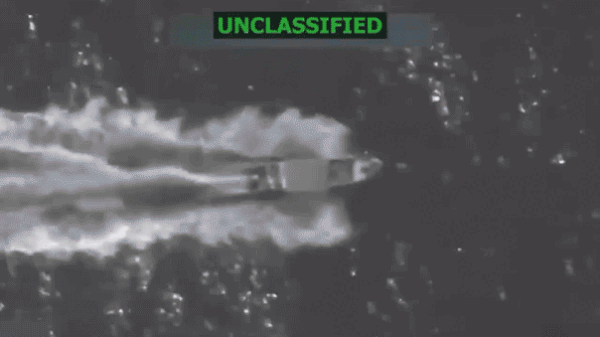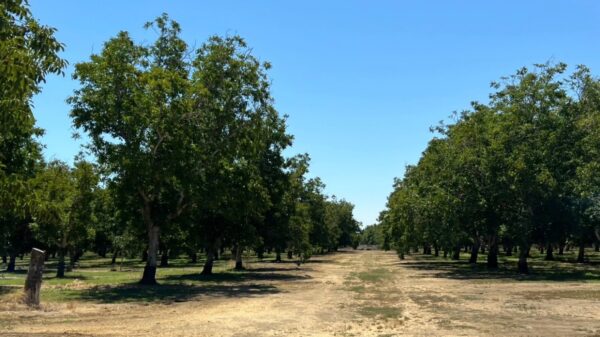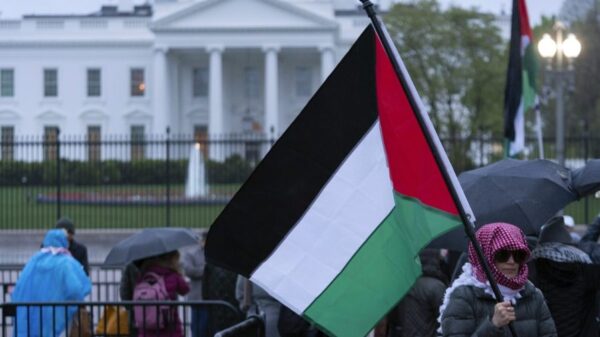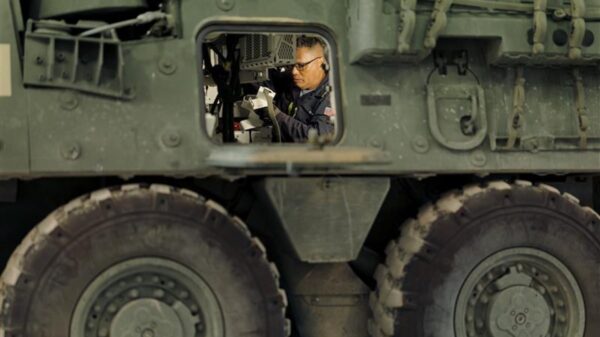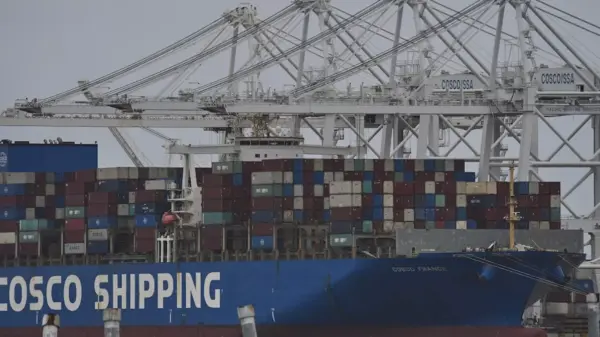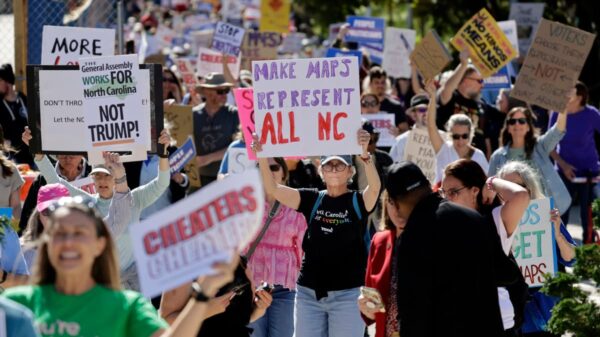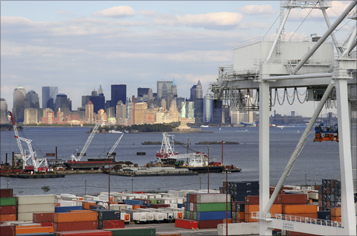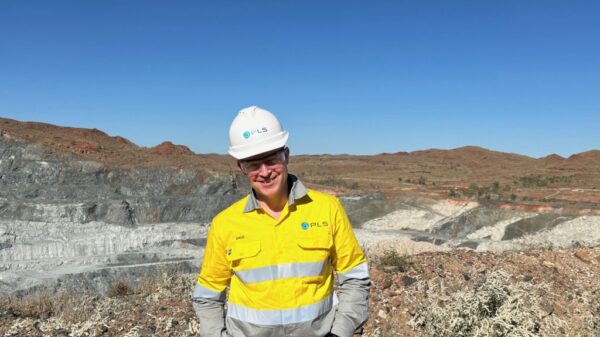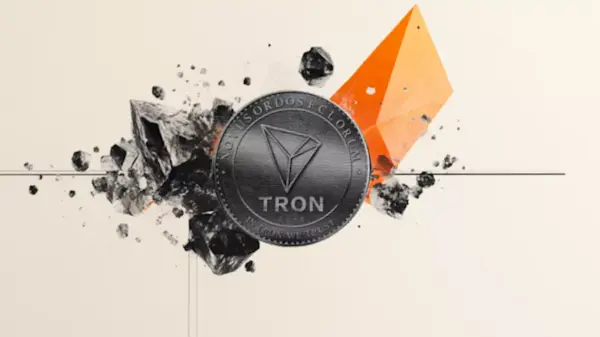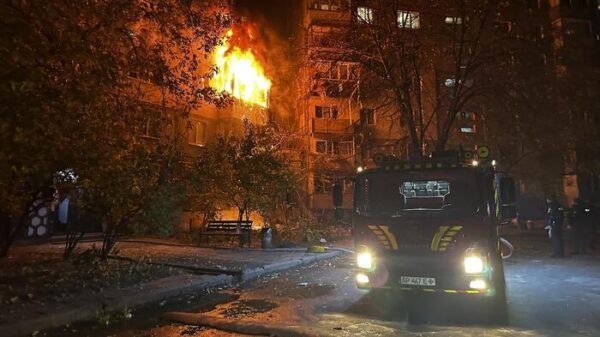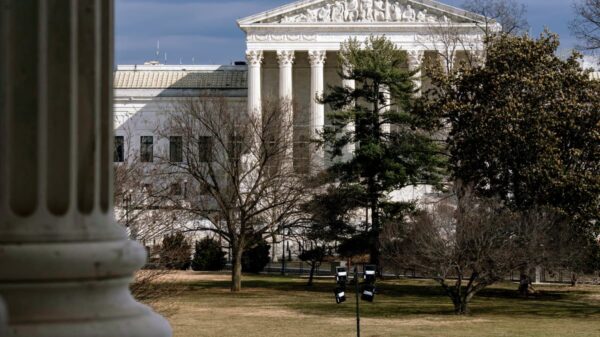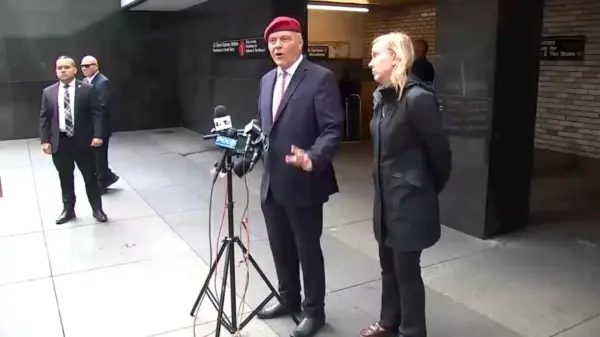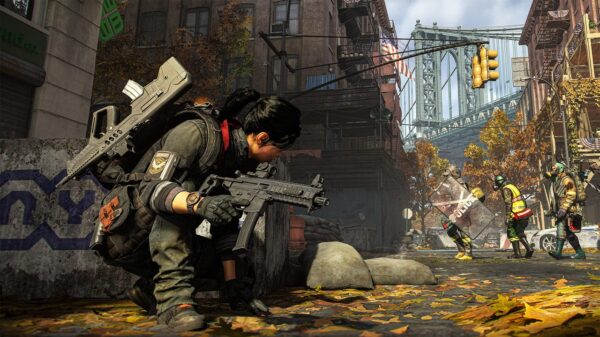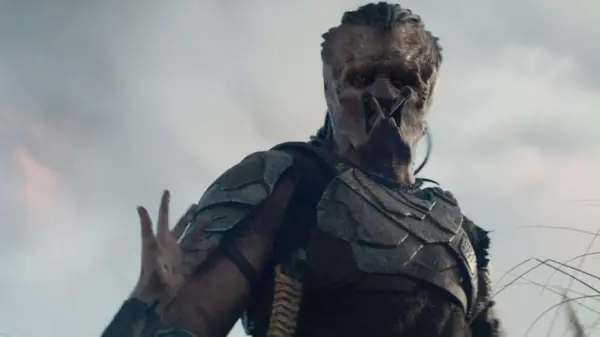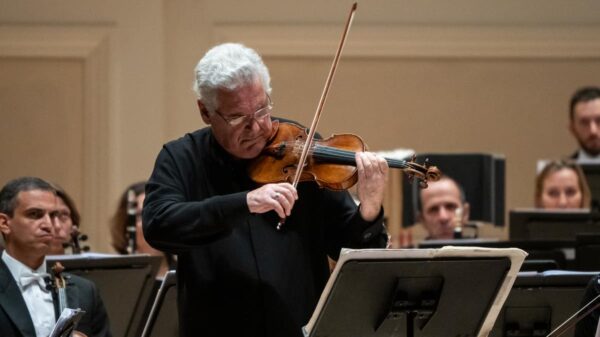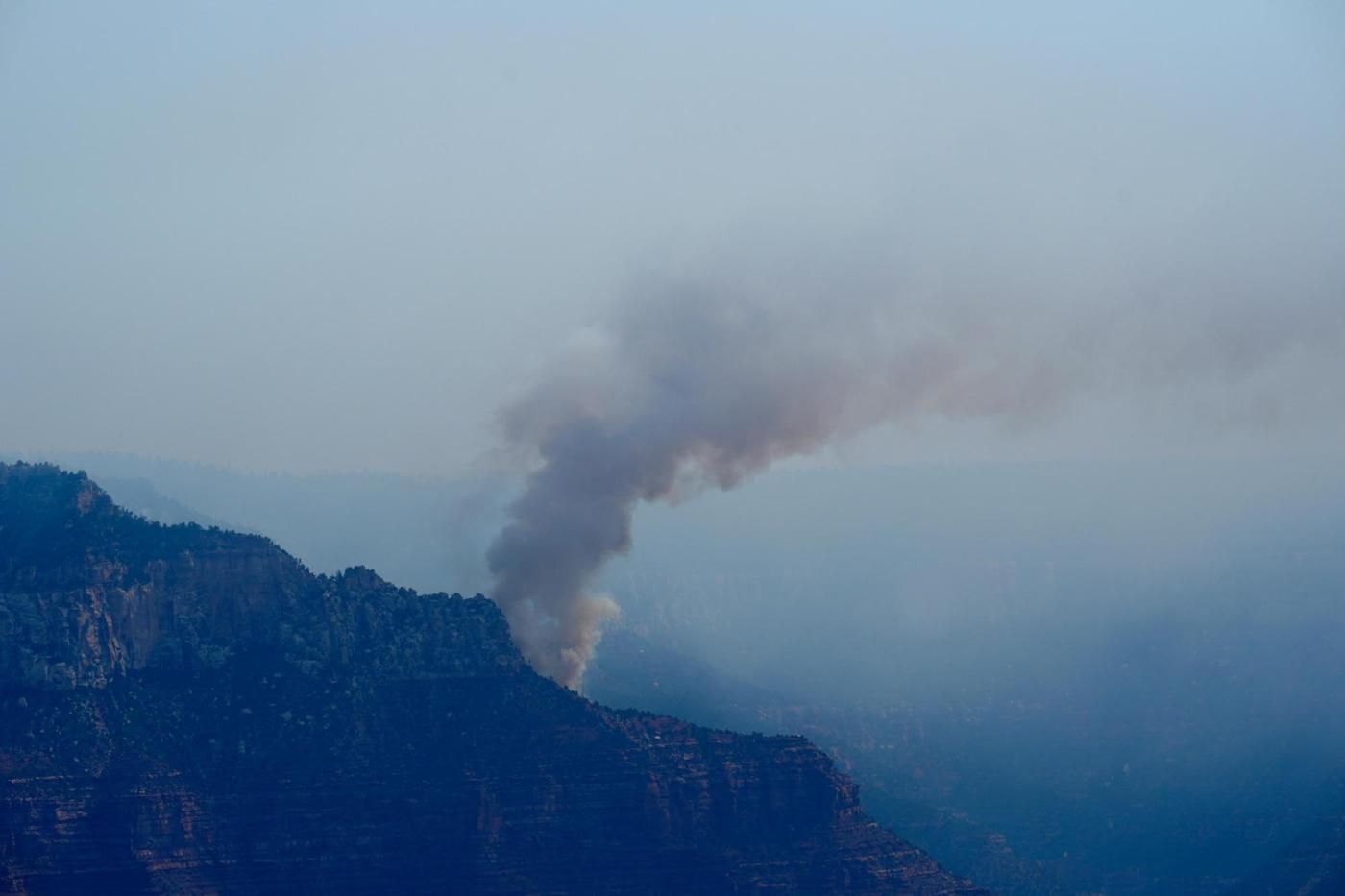UPDATE: Wildfires are raging through the Grand Canyon, with crews racing to protect cabins after the historic Grand Canyon Lodge was destroyed. As of Tuesday, July 15, 2025, fire officials report that the Dragon Bravo Fire has consumed approximately 13 square miles, while the larger White Sage Fire has charred an alarming 81 square miles.
The fires, ignited by a lightning strike on July 4, have prompted the evacuation of hikers and the closure of the North Rim, an area that attracts only 10% of the park’s millions of visitors each year. With both fires currently uncontained, crews are urgently focused on preventing further destruction to nearby cabins and mule stables.
Tourists at the South Rim witnessed a dramatic scene as plumes of smoke darkened the iconic landscape. “By the afternoon, it was completely socked in,” said Christi Anderson, a visitor from California. “You couldn’t see anything, none of that. It was crazy.”
The Dragon Bravo Fire has raised significant concerns over fire management strategies. Initially, the National Park Service allowed the fire to burn to promote ecological health, but after a surge in flames, officials shifted to aggressive containment efforts. This decision came after the fire exploded in size, leading to immediate evacuation orders for visitors.
“We are evaluating the management of this fire closely,” said Arizona Governor Katie Hobbs, who is calling for a federal investigation into the Park Service’s actions. “The safety of visitors and the preservation of our natural resources must come first.”
U.S. Senators Mark Kelly and Ruben Gallego have also voiced their concerns, reaching out to Interior Secretary Doug Burgum regarding decision-making protocols in wildfire management.
The park has long been recognized for its exemplary fire management, employing both prescribed burns and natural wildfires to maintain forest health. Experts like Andi Thode, a professor of fire ecology, highlight that past burns have reduced fire intensity, creating a patchwork of resilient landscapes. “Using fire is a critical tool moving forward,” she stated, noting the challenges posed by extreme weather and dry conditions.
As smoke continues to shroud the Grand Canyon, fire officials remain hopeful that their efforts may yet slow the fires’ advance. However, the urgency of the situation underscores the growing impact of climate-related challenges in managing wildfires.
With ongoing evacuations, officials urge visitors and locals to stay informed about the latest developments. All eyes are on the Grand Canyon as this situation continues to evolve.

